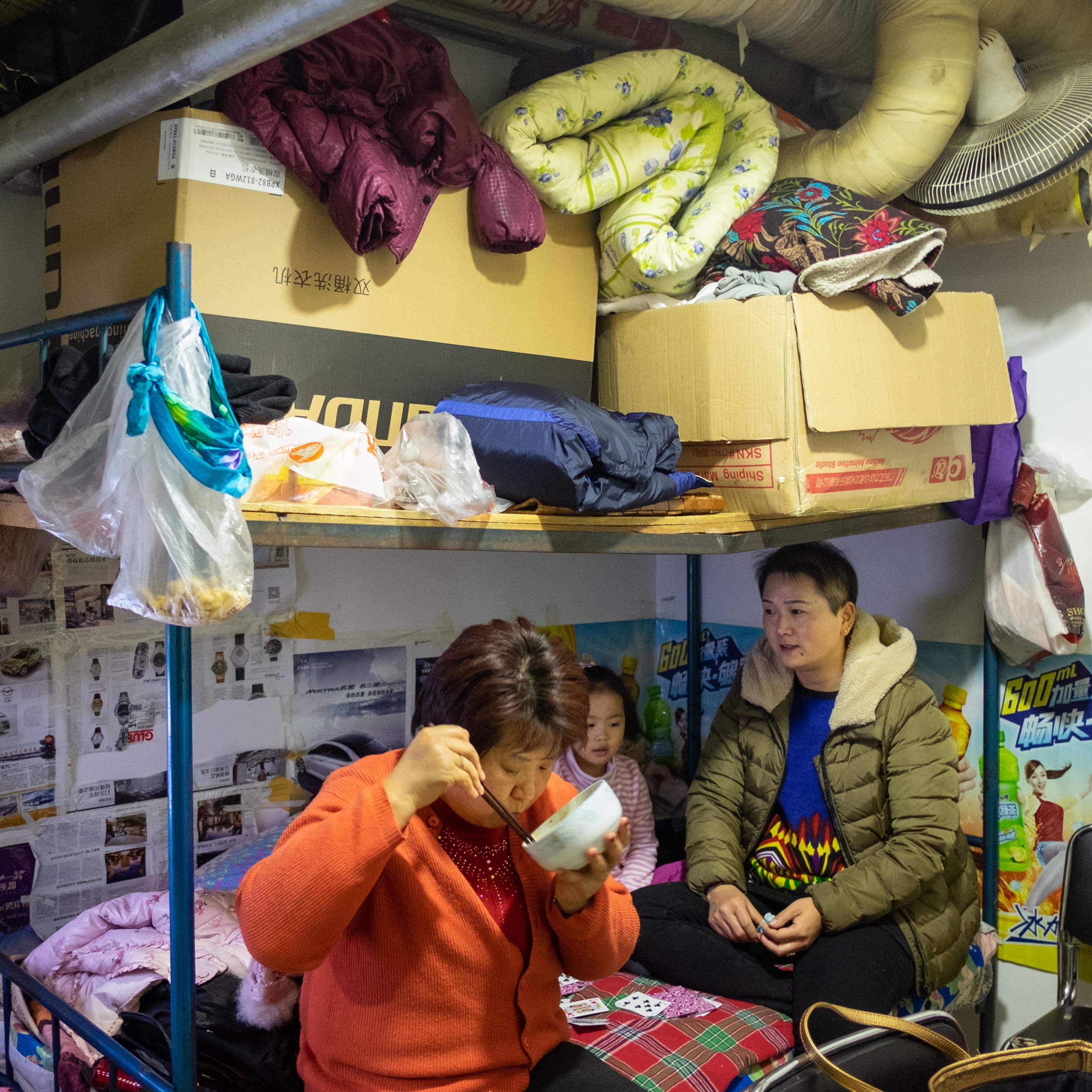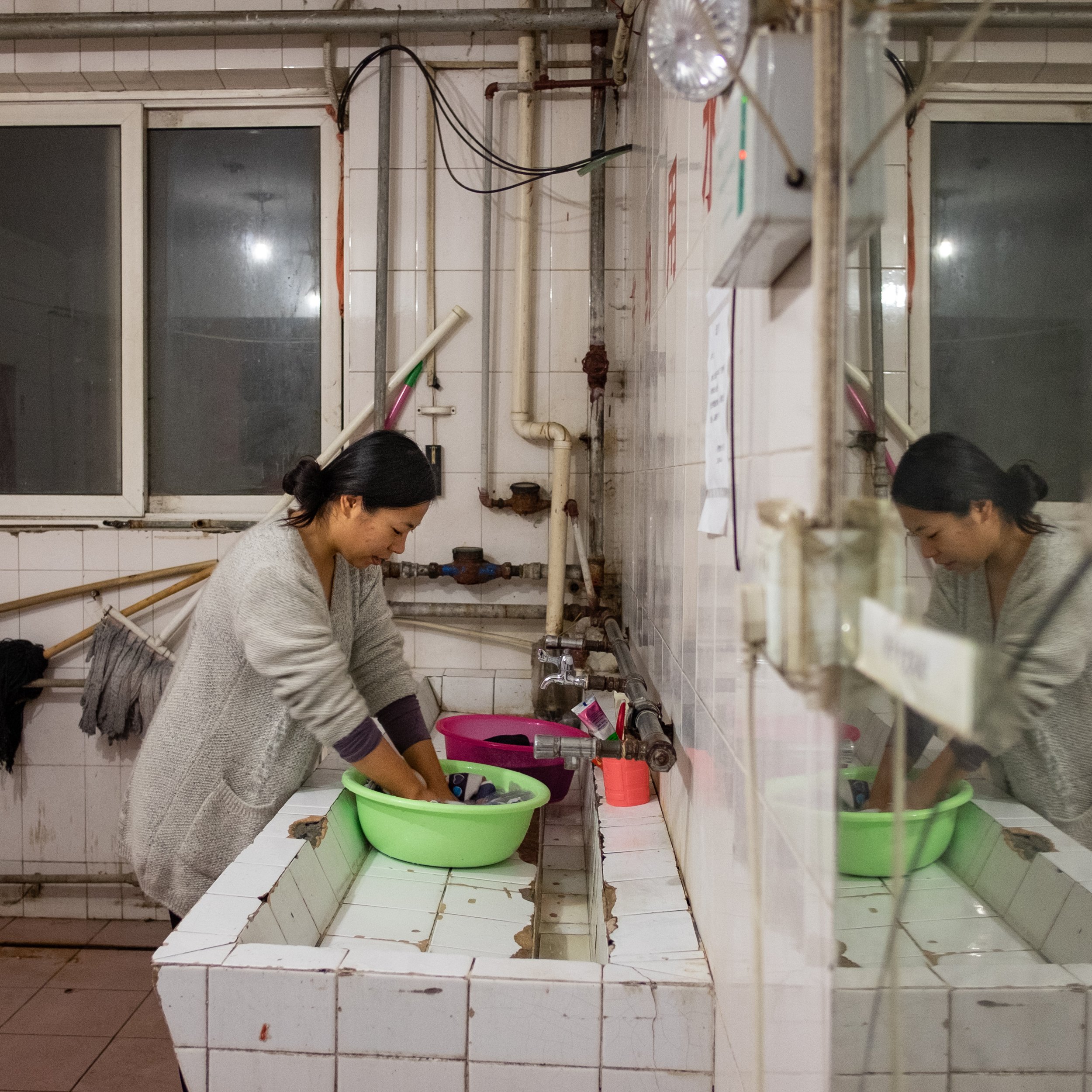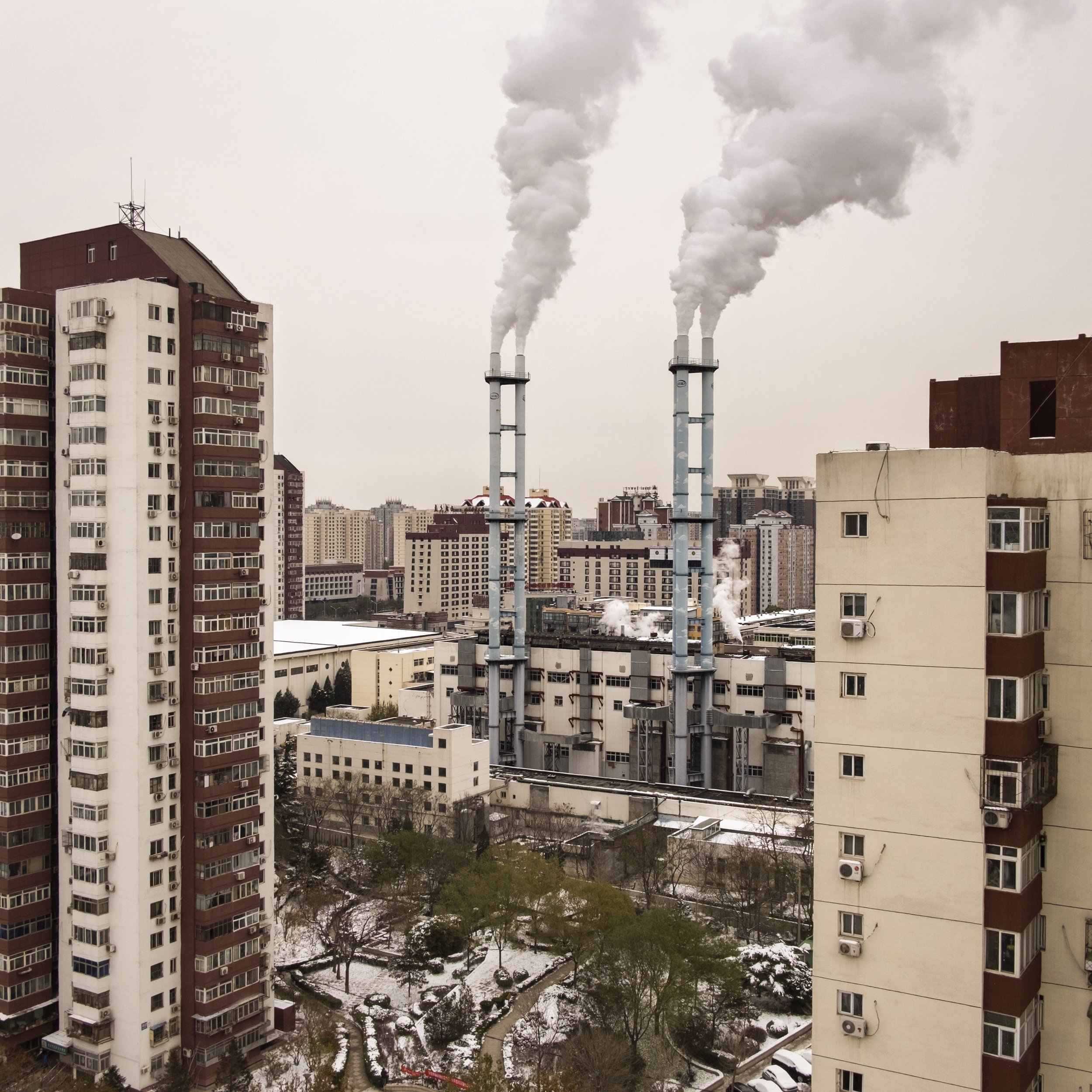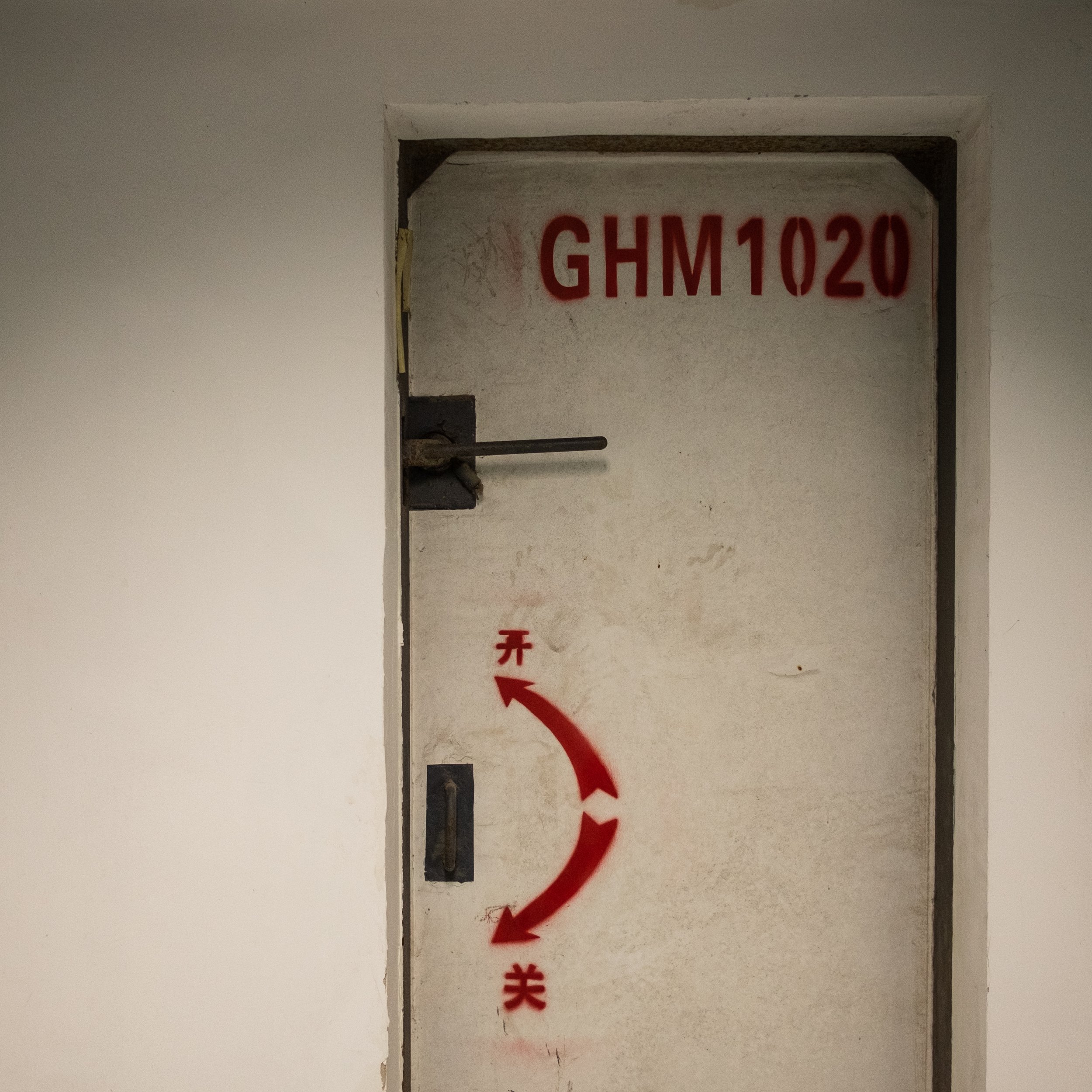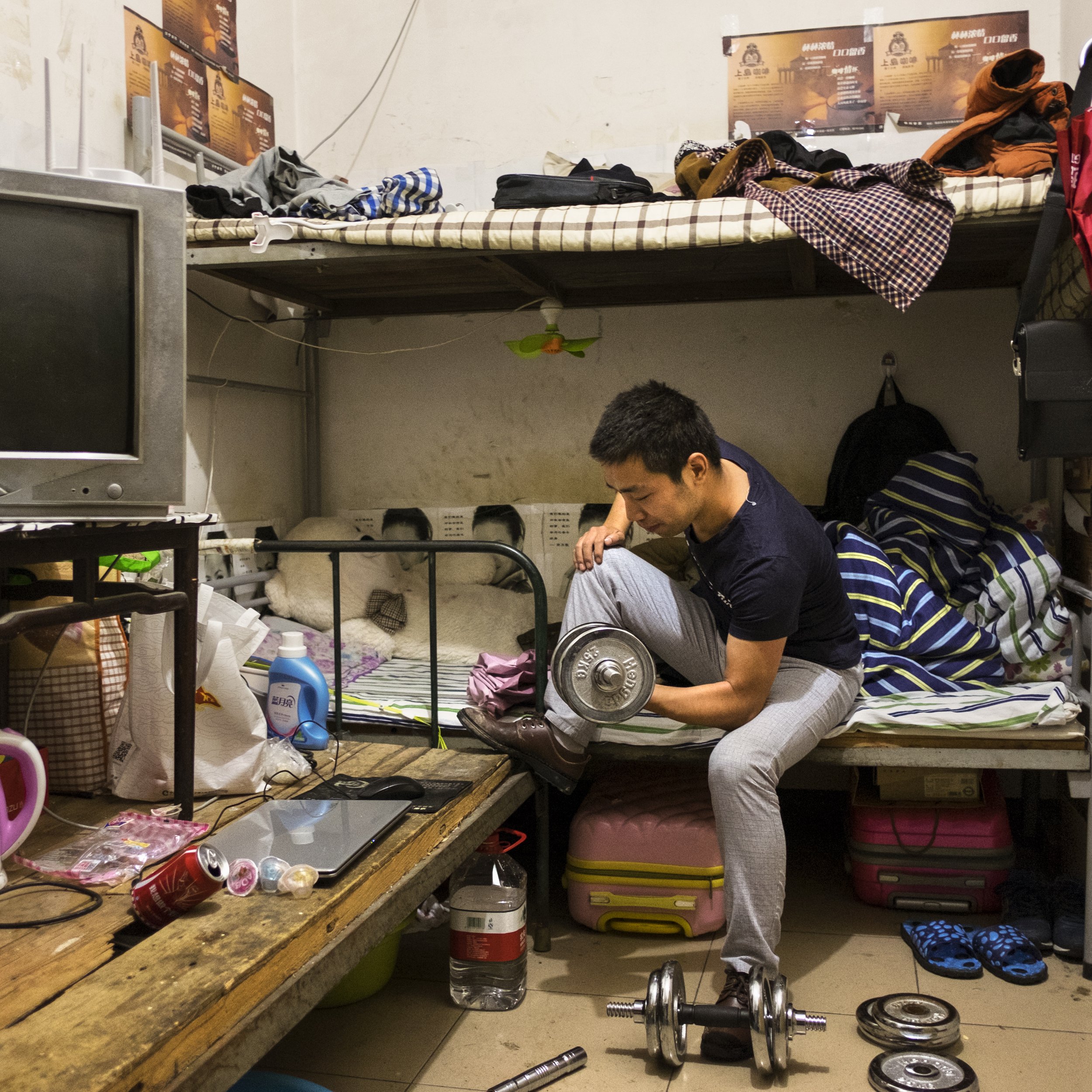ATOMIC ROOMS
Mao Tse-tung, obsessed with the possibility of a nuclear war with Russia during the Cold War era, made a law on housing policy. In Beijing, every new construction also had to have a hospitable atomic shelter in which the population could live for long periods, even years, supplied with electricity, running water and sanitation. So there was already a ton of livable.
Over the past two decades these places have gradually been converted to homes where it is currently estimated that around 1 million people live.
The inhabitants of these nuclear shelters are often poor young immigrants from the Chinese countryside looking for a better future. Renting a bed in a shared room starts at 30€ per month, which is very cheap compared to the cost of a “traditional” rent in the expensive imperial city.
Furthermore, migrants in Beijing are not entitled to the official residence permit known as "Hukou". This permit entitles those with a low income to receive a state house with a subsidized economic regime, but also allows them to access school and public health services. So the young and poor migrants prefer to live in these claustophobic undergrounds also to save money in case of illness or for their or their children's education.
ATOMIC ROOMS CARTOON
Yuoutube channel “The Infographics Show” made an animated video about the story of atomic bunkers in Beijing, also including my story while making the work "Atomic rooms".
The video and animation are very interesting and worth watching.
NEWS
TEARSHEETS

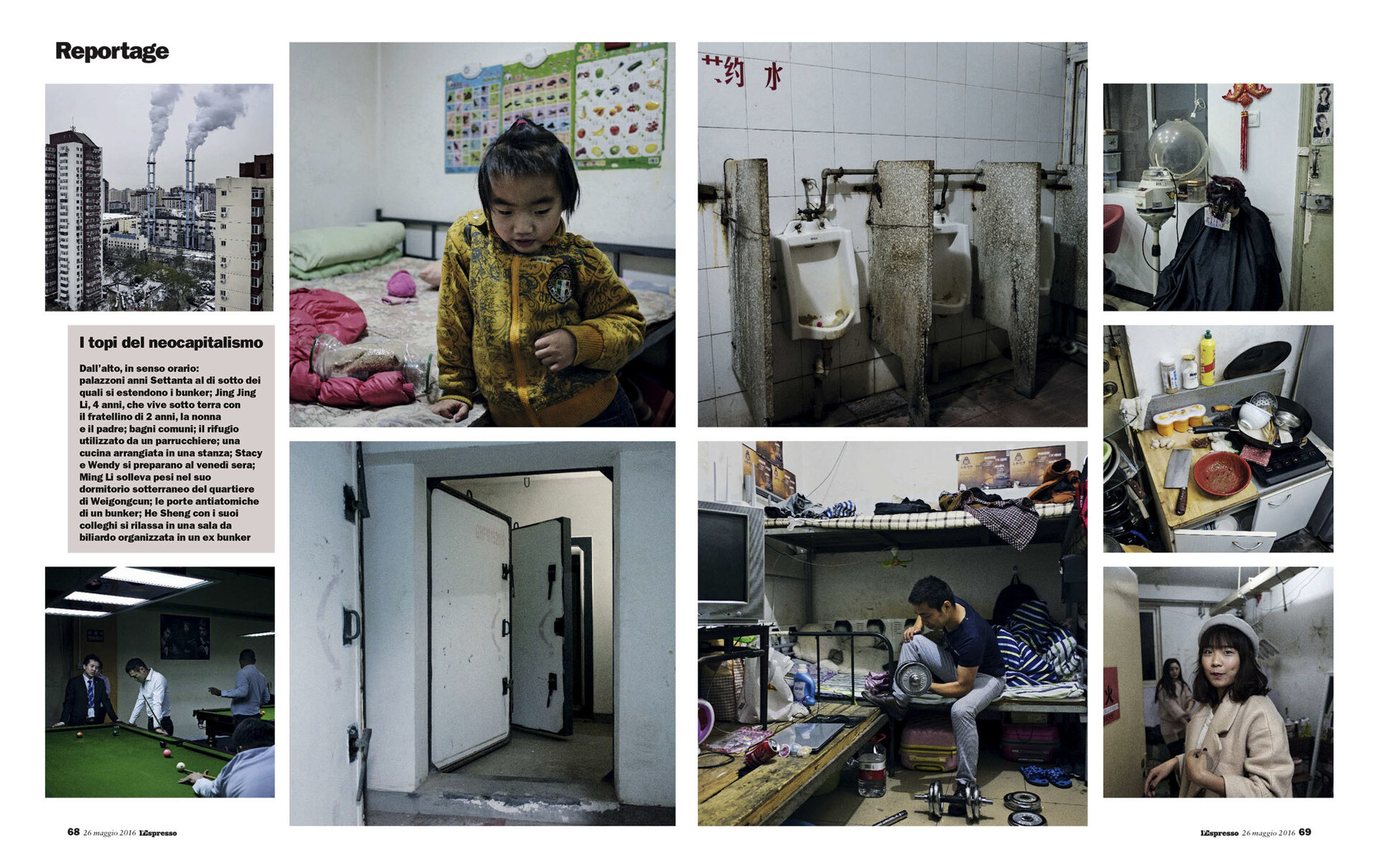
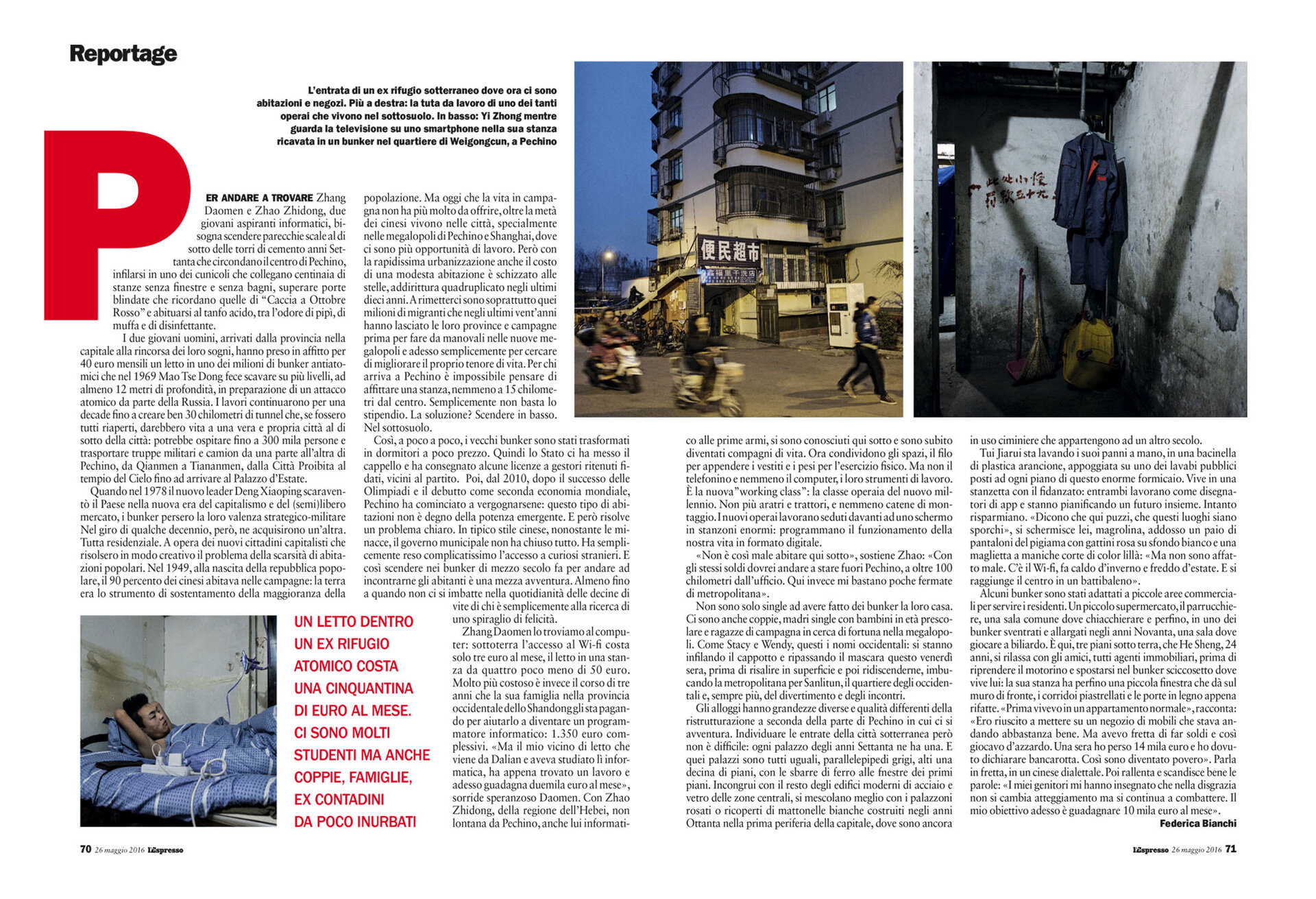



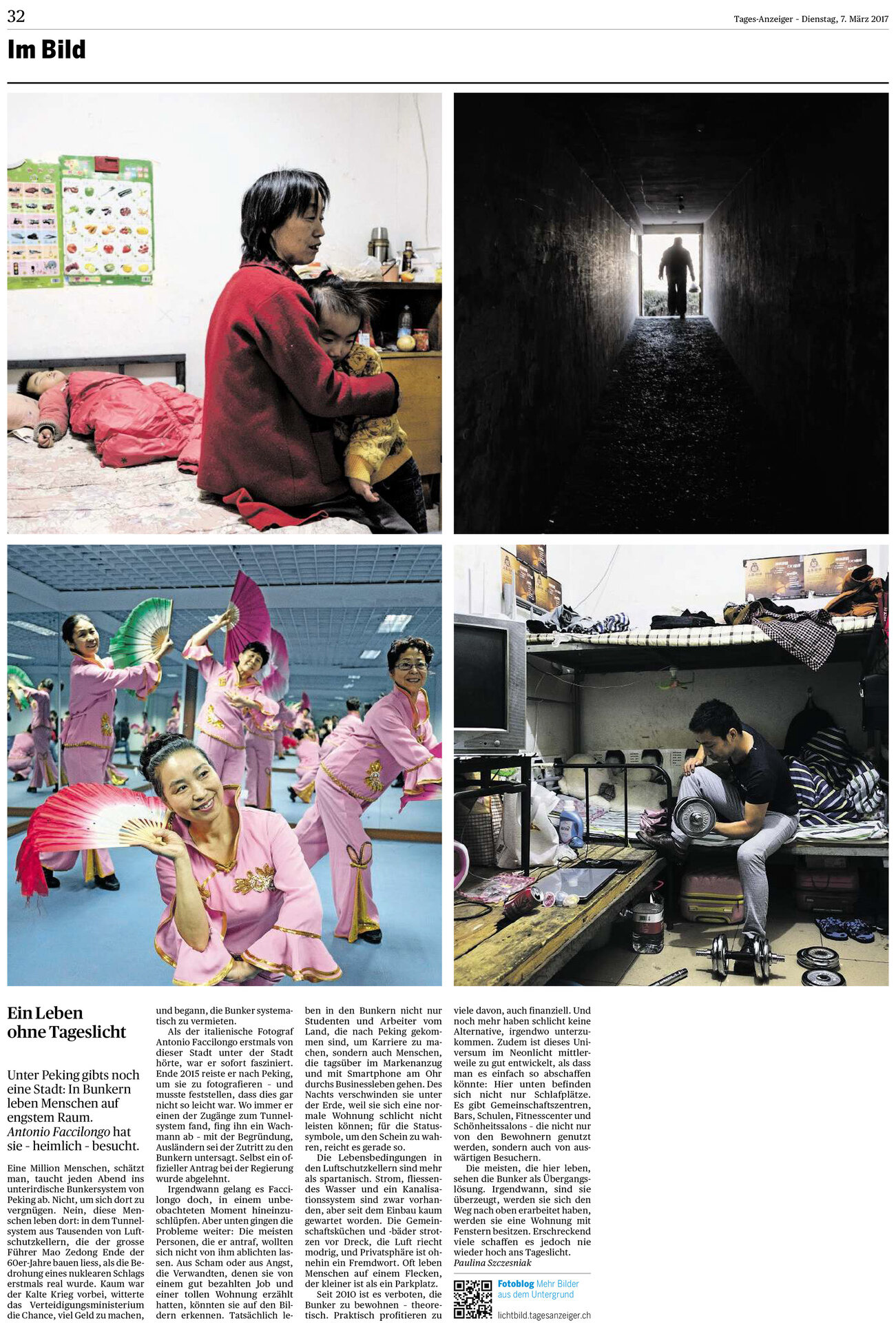

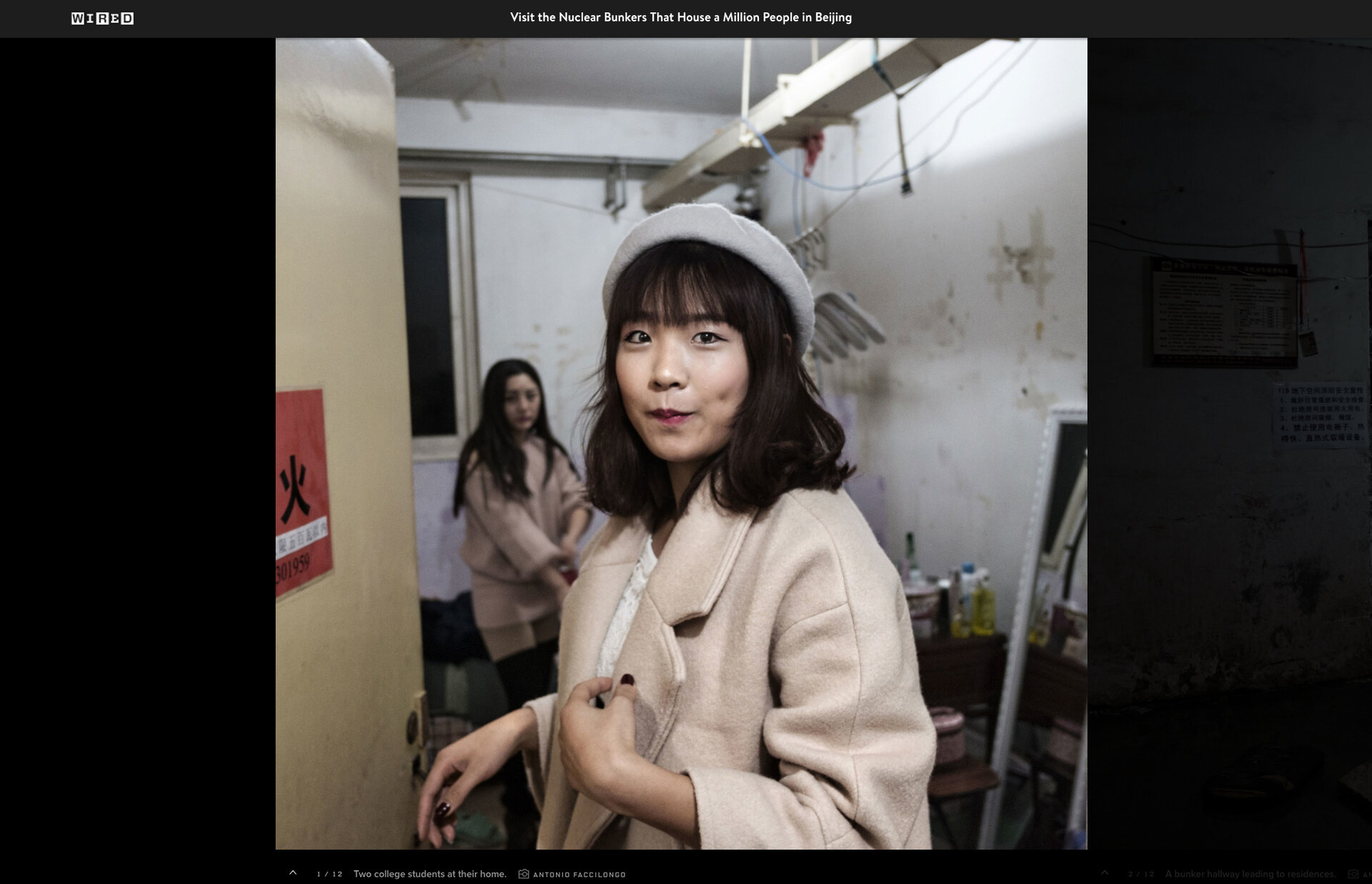

SUBSCRIBE NEWSLETTER




